Zinnias are a popular choice for gardeners looking to add a burst of color to their outdoor spaces. These vibrant flowers come in a wide range of colors, from bold reds and oranges to soft pinks and purples. They are also known for their low maintenance requirements, making them an ideal choice for both experienced gardeners and beginners.
One of the reasons zinnias are so beloved is their ability to thrive in various growing conditions. They can be grown in containers, flower beds, or even as border plants. Their long-lasting blooms make them a great addition to any garden, providing color and beauty throughout the summer months.
Key Takeaways
- Zinnias are colorful and easy-to-grow flowers that are perfect for any garden.
- Zinnias originated in Mexico and have a wide range of colors, sizes, and shapes.
- To grow zinnias successfully, it’s important to provide them with ideal soil, sun, watering, and fertilizing conditions.
- Zinnias make great cut flowers and attract pollinators like bees, butterflies, and hummingbirds.
- While zinnias can be susceptible to pests and diseases, they are still a must-have for any garden.
The History and Origin of Zinnias: From Mexico to Your Garden
Zinnias have a rich history that dates back to their discovery in Mexico in the 16th century. They were first cultivated by the indigenous people of Mexico, who used the flowers for medicinal purposes. The vibrant colors and hardy nature of zinnias made them a popular choice among the native people.
In the 18th century, zinnias were introduced to Europe by Spanish explorers. They quickly gained popularity among European gardeners, who were drawn to their bright colors and easy cultivation. From there, zinnias made their way to gardens worldwide, becoming a staple in many flower beds.
Types of Zinnias: A Wide Range of Colors, Sizes, and Shapes
Zinnias come in a wide variety of types, each with its own unique characteristics. There are dwarf varieties that grow only a few inches tall, making them perfect for containers or small gardens. Tall zinnias can reach heights of up to three feet or more, creating a stunning display in larger flower beds.
In addition to different sizes, zinnias also come in various shapes and colors. Some zinnias have daisy-like blooms with a single row of petals, while others have double or semi-double flowers with multiple layers of petals. The colors range from vibrant reds, oranges, and yellows to softer pinks, purples, and whites. With so many options to choose from, there is a zinnia to suit every gardener’s taste.
Growing Zinnias: Tips and Tricks for a Successful Garden
| Topic | Description |
|---|---|
| Soil | Well-draining soil with a pH of 6.0-7.5 is ideal for zinnias. |
| Watering | Zinnias need regular watering, but avoid overwatering as it can lead to root rot. |
| Sunlight | Zinnias require full sun exposure for at least 6 hours a day. |
| Fertilizer | Use a balanced fertilizer every 4-6 weeks to promote healthy growth and blooming. |
| Spacing | Plant zinnias 6-18 inches apart depending on the variety and size of the plant. |
| Deadheading | Remove spent blooms regularly to encourage new growth and prolong blooming season. |
| Pests | Zinnias are susceptible to aphids, spider mites, and whiteflies. Use insecticidal soap or neem oil to control infestations. |
| Disease | Zinnias can be affected by powdery mildew and bacterial wilt. Avoid overhead watering and remove infected plants to prevent spread. |
Growing zinnias is relatively easy, even for beginners. They can be started from seeds or purchased as young plants from a nursery. If starting from seeds, it is best to sow them directly into the ground after the last frost date in your area. Zinnias prefer warm soil, so waiting until the soil has warmed up will help ensure successful germination.
When planting zinnias, choose a location that receives full sun for at least six hours a day. Zinnias thrive in well-draining soil, so it is important to amend heavy clay or sandy soil with organic matter to improve drainage. Space the plants according to their mature size, allowing enough room for air circulation and preventing overcrowding.
To maintain healthy zinnias throughout the growing season, it is important to deadhead spent blooms regularly. This will encourage the plant to produce more flowers and prevent the formation of seed heads. Additionally, pruning zinnias can help promote bushier growth and prevent legginess.
Soil and Sun Requirements for Zinnias: Ideal Conditions for Optimal Growth
Zinnias prefer well-draining soil with a pH level between 5.5 and 7.5. If your soil is heavy clay or sandy, it is recommended to amend it with organic matter such as compost or peat moss to improve drainage and fertility. This will help ensure that the zinnias receive the nutrients they need to grow and thrive.
In terms of sunlight, zinnias are sun-loving plants that require at least six hours of direct sunlight per day. They will tolerate some shade, but their growth and flower production may be reduced. When choosing a location for your zinnias, make sure it receives ample sunlight throughout the day.
Watering and Fertilizing Zinnias: Best Practices for Healthy Plants

Zinnias have moderate water needs and should be watered deeply but infrequently. It is best to water them at the base of the plant to avoid wetting the foliage, as this can lead to fungal diseases. Allow the soil to dry out slightly between waterings to prevent overwatering, which can cause root rot.
When it comes to fertilizing zinnias, a balanced fertilizer with equal amounts of nitrogen, phosphorus, and potassium is recommended. Apply the fertilizer according to the package instructions, usually every four to six weeks during the growing season. Avoid over-fertilizing, as this can lead to excessive foliage growth at the expense of flower production.
Zinnias as Cut Flowers: How to Use Them in Arrangements and Bouquets
Zinnias are not only beautiful in the garden, but they also make stunning cut flowers. Their long vase life and vibrant colors make them a popular choice for floral arrangements and bouquets. When cutting zinnias for arrangements, it is best to do so in the early morning or late evening when the flowers are fully hydrated.
To ensure that your zinnias last as long as possible in a vase, remove any leaves that will be submerged in water. Cut the stems at an angle and place them in a clean vase filled with fresh water. Change the water every two to three days and recut the stems to promote water uptake.
When arranging zinnias in bouquets or centerpieces, consider mixing different colors and sizes for added visual interest. Zinnias also pair well with other summer flowers such as sunflowers, dahlias, and cosmos. Experiment with different combinations to create a unique and eye-catching arrangement.
Attracting Pollinators with Zinnias: Bees, Butterflies, and Hummingbirds Love Them
Zinnias are not only a delight for the eyes but also for pollinators such as bees, butterflies, and hummingbirds. These insects are essential for the pollination of many plants, including food crops. By planting zinnias in your garden, you can help support these important pollinators and create a thriving ecosystem.
Bees are particularly attracted to zinnias due to their bright colors and abundant nectar. Butterflies, such as monarchs and swallowtails, also flock to zinnias for their nectar-rich blooms. Hummingbirds are drawn to the tubular-shaped flowers of zinnias, which provide them with a much-needed source of nectar.
To attract pollinators to your zinnias, avoid using pesticides or insecticides that can harm beneficial insects. Instead, opt for organic pest control methods or companion planting to deter pests naturally. By creating a pollinator-friendly garden with zinnias as a focal point, you can enjoy the beauty of these flowers while supporting important wildlife.
Common Pests and Diseases of Zinnias: How to Identify and Treat Them
While zinnias are generally low maintenance and resistant to many pests and diseases, they can still be susceptible to certain issues. One common problem is powdery mildew, a fungal disease that appears as a white powdery coating on the leaves. To prevent powdery mildew, avoid overhead watering and provide adequate air circulation around the plants.
Another common pest that affects zinnias is spider mites. These tiny insects feed on the sap of the plant, causing yellowing leaves and webbing. To control spider mites, regularly inspect the undersides of the leaves and spray the plants with a strong stream of water to dislodge them. In severe cases, insecticidal soap or neem oil can be used.
Caterpillars, aphids, and thrips are other pests that may occasionally infest zinnias. Handpicking caterpillars and spraying the plants with insecticidal soap or neem oil can help control these pests. Aphids and thrips can be controlled by introducing beneficial insects such as ladybugs or lacewings to the garden.
Why Zinnias are a Must-Have for Any Garden
In conclusion, zinnias are a must-have for any garden due to their vibrant colors, low maintenance requirements, and ability to attract pollinators. These versatile flowers come in a wide range of colors, sizes, and shapes, making them suitable for any garden style or preference.
Whether you are a seasoned gardener or just starting out, zinnias are an excellent choice for adding a pop of color to your outdoor space. With proper care and attention, these beautiful flowers will reward you with their stunning blooms throughout the summer months.
So why not give zinnias a try in your garden this year? You won’t be disappointed by their beauty and the joy they bring to both you and the pollinators that visit your garden.
If you’re interested in learning more about zinnias and their fascinating history, you won’t want to miss this informative article from Just Tidings. Discover the beauty and versatility of these vibrant flowers as you delve into their origins and cultivation tips. To further expand your knowledge, check out their related article on CBSE navigating change and controversy in Indian education. With Just Tidings, you’ll find a wealth of engaging content to satisfy your curiosity. Read more
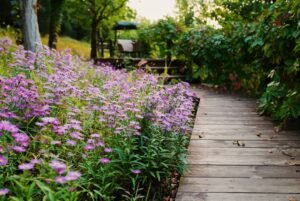


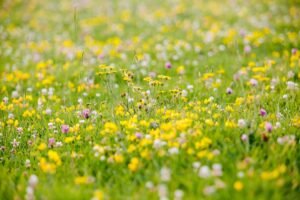


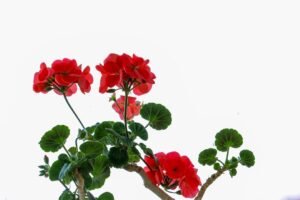





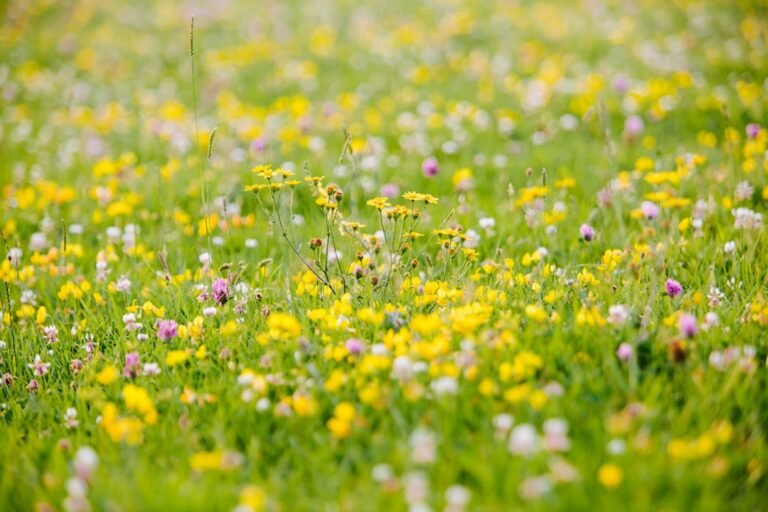
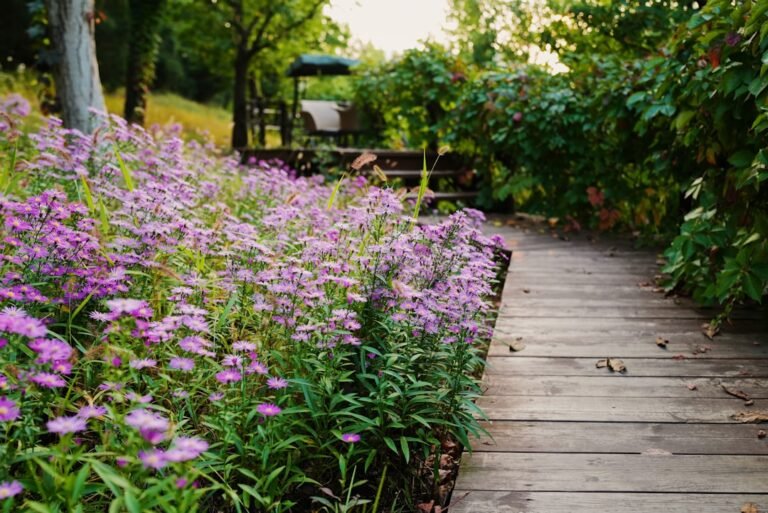
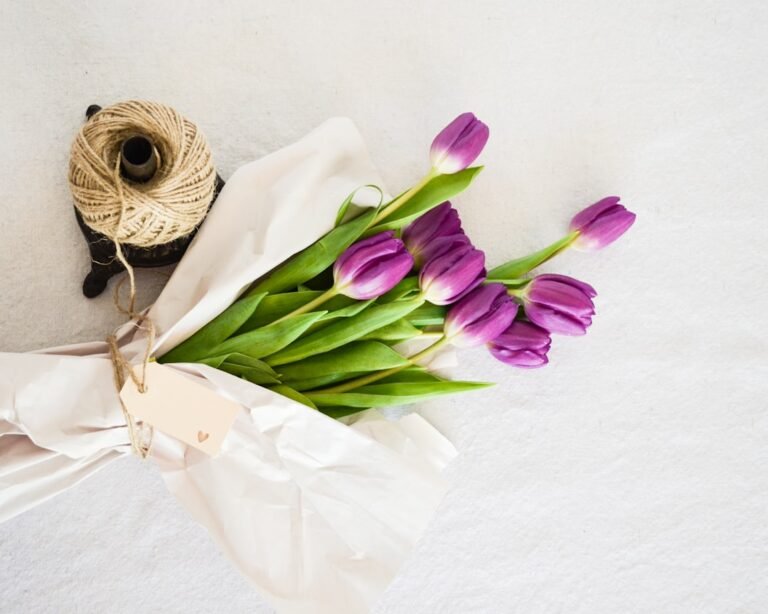



+ There are no comments
Add yours